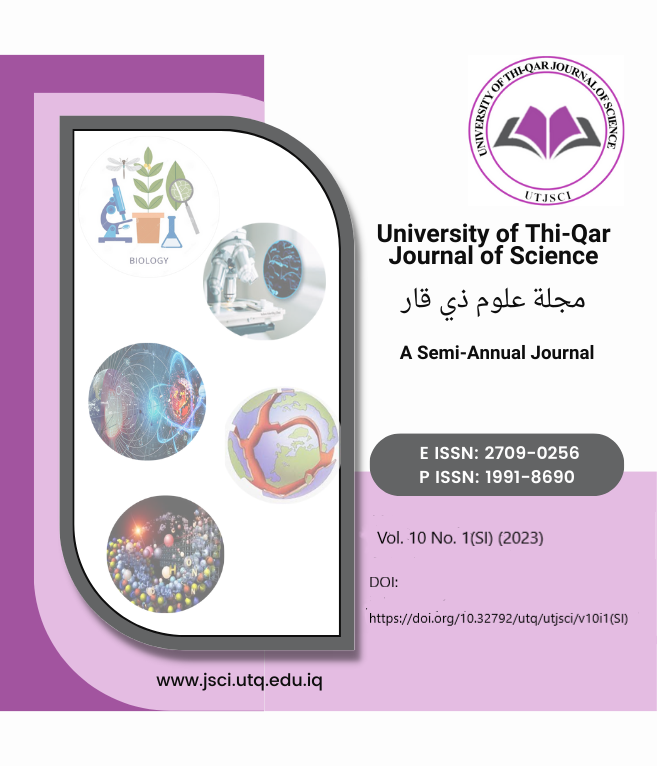Distribution of CNF1among Escherichia coli isolates from urinary tract infection and bladder cancer in southern of Iraq
DOI:
https://doi.org/10.32792/utq/utjsci/v10i1(SI).1028Keywords:
CNF1, Escherichia coli, PCR, Virulence factorAbstract
One of the most important virulence factors produced by uropathogenicEscherichia coli (UPEC) is cytotoxic necrotizing factor 1 (CNF1). It plays a vital role in regulation of Ras homolog family member A (Rho), Ras-related C3 botulinum toxin substrate (Rac), and Cell division control protein 42 homolog (Cdc42)guanosine triphosphatase (GTPases) proteins, which involved in the organization of the actin cytoskeleton in eukaryotic cells. Also, CNF1may play a role in cell proliferation, surviving and gene transcription. Therefore, detection of the gene encoding CNF1 in UPEC would be imperative in characterization of these organisms and establishing a proper management regime to prevent the poor prognosis of the associated diseases. The aim of the present study was to investigatethe prevalence of the gene encoding cnf1 in UPEC strainsthat have been isolated from urinary tract infection and bladder cancer patients.Out of three hundred and fifty midstream urine samples, 136E. colistrains were isolated (98 urinary tract infection, 18 bladder cancer, and 20 healthy people). Detection and determination of the gene encoding CNF1 based on PCR technique and sequencing of PCR amplified target DNA. The present results showed that thirty five percent (35.34%) of the tested isolates have cnf1gene. All cnf1+strains were isolated from urinary tract infection patients. This finding should bring attention to predict the prognosis of the infections caused by these organisms and follow up patients to prevent any further complications.
Downloads
Published
Issue
Section
License
Copyright (c) 2023 University of Thi-Qar Journal of Science

This work is licensed under a Creative Commons Attribution 4.0 International License.













